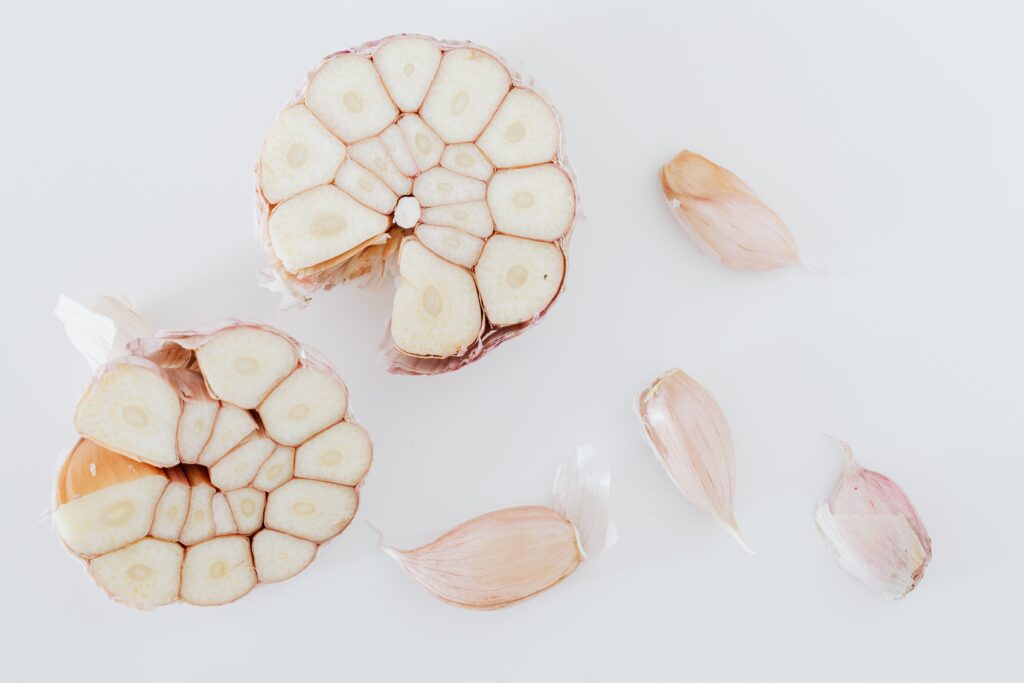Suffering from the cold and flu makes you feel weak and tired. Even the smallest of tasks seem exhausting. I am sure you have heard the phrase “You just have to let it run its course”, because there is no real “cure” when it comes to a viral infection, which is what the flu is. For viral infections, symptom management is the only recommended treatment. Symptom management can help you get the rest you need and can allow you to feel somewhat human but the symptoms themselves can last for days and residual symptoms, like that irritating congestion or dry cough can last for weeks. This not only interferes with feeling your overall best, but also interferes with your ability to get back to your normal. Let’s face it, no one likes taking Dayquil for 2 weeks straight, not to mention the havoc it wreaks on your stomach and liver.
The trick is to not only reduce the severity of your symptoms, but to also shorten the lifespan of the illness itself so you can get back to your daily routine as your best self more quickly.
We have a gaggle of supplements and traditional medicines that help either prevent symptoms or manage symptoms, but what can we take to shorten symptoms.
One potent yet delicious herb and spice can actually help. Garlic!

Garlic is thought to keep away vampires and other evil entities, come to find it also helps shorten nasty cold and flu symptoms and dually reduces the severity as well.
There are many studies and research on how garlic can affect cold and flu symptoms. One study, in particular, was conducted in 2014 by Leyla Baya while affiliated with Shefa Neuroscience Research in Tehran, Iran and two other colleagues. The methodology used was observing 146 people in a span of three months. Two different groups were made with one group being given a garlic supplement and the other half a placebo. For those that were administered the garlic supplement, only 24 occurrences of the common cold took place compared to 65 occurrences in the placebo group. In the same study, it was shown that the severity and the longevity of the illness was shortened in the group that took the garlic supplement.
Researchers believe it is the sulfur compounds and allicins, saponins, and amino acid derivatives found in garlic that are responsible for targeting cold and flu symptoms.
Here are a few ways garlic may help you end those annoying cold and flu symptom:
If you have used garlic before you know that potent smell and distinctive taste that just seems to linger. Cooking with or simply roasting garlic can make your house smell like an authentic Italian kitchen. This smell is due to the presence of the same agents that are responsible for remedying a cold and flu. If you are going to use garlic, get used to it now. I usually drink a cup of hot lemon/ginger water to help with the aftertaste.
There are several ways you can incorporate garlic into your diet to help you ward off the evilness of cold and flu symptoms:
- A spoonful of crushed raw garlic. It might be strong, but it’s an effective way of using garlic to help prevent cold and flu. It’s an old school traditional method passed on from my great grandmother to Abuela to my mom and now down to my children. My grandfather swore by it. He ate them every night. Just a spoonful of sug…or rather, garlic.
- Cooking! The most obvious and easiest method is adding garlic into your food while cooking. You can even infuse regular olive oil with a clove of garlic for tasty cooking base and health benefits. Cooking and sautéing garlic reduce its pungency and makes it more palatable. Personally, I cannot cook without it! I also crush fresh garlic into my salad dressings for a kick.
Garlic can be cooked with just about everything. Make it as strong or as light as you want. - Capsule it! There are various garlic supplements available on the market. If you do not want to cook or you can’t stomach raw garlic, you can simply use garlic supplements. Make sure to check its properties and ingredient list carefully.
References
Bayan, L., Koulivand, P. H., & Gorji, A. (2014). Garlic: a review of potential therapeutic effects. Avicenna journal of phytomedicine, 4(1), 1–14.